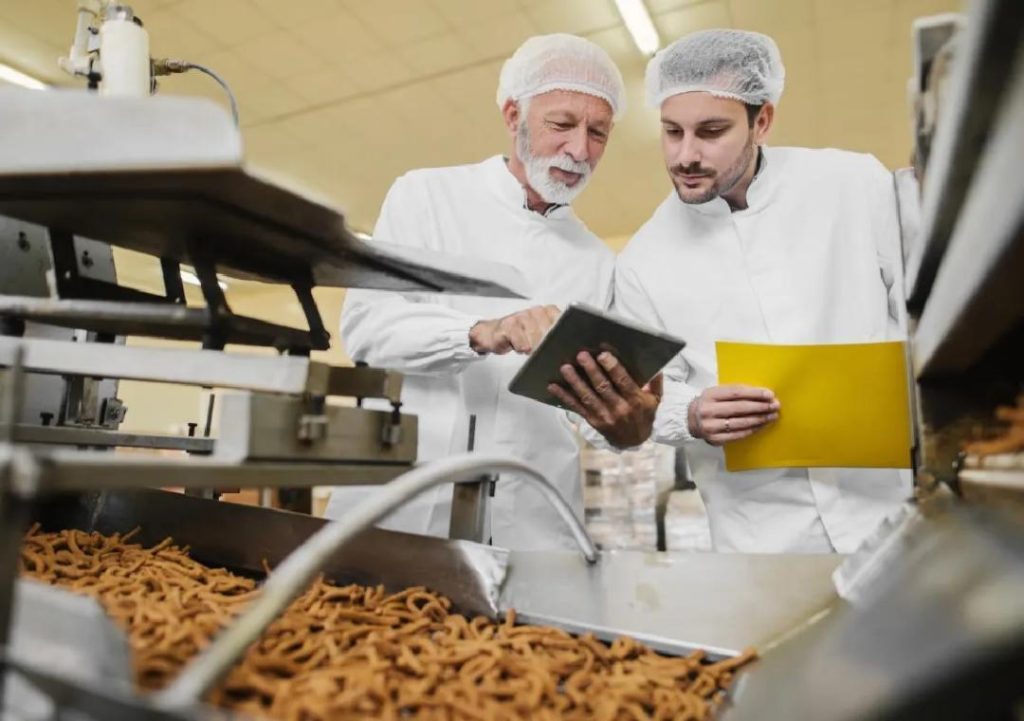
Can P&L Optimisation Redefine Success in Food Technology?
The food technology industry has witnessed a significant shift in the way companies approach profitability. Gone are the days of reactive decision-making, where businesses relied on intuition and guesswork to drive their operations. Today, food tech companies are leveraging cutting-edge tools and technologies to streamline their profit and loss (P&L) operations, and in doing so, redefine the very concept of success.
At the heart of this transformation lies the adoption of automation, smart inventory systems, and data analytics. These tools have enabled businesses to cut waste, sharpen demand forecasting, and support better decision-making. By adopting scalable models, food tech companies are boosting margins, ensuring sustainable growth, and staying competitive in an increasingly crowded industry.
The Importance of P&L Optimisation
In any business, P&L optimisation is crucial for survival. It’s the process of managing costs, identifying areas of inefficiency, and making data-driven decisions to drive profitability. In the food technology sector, where margins are often slim and competition is fierce, P&L optimisation is more critical than ever.
Traditionally, food tech companies have relied on manual processes and spreadsheets to manage their finances. However, these methods are prone to errors, time-consuming, and often provide limited insights. In today’s fast-paced and data-driven world, businesses need to be able to make quick and informed decisions to stay ahead of the competition.
The Role of Automation
Automation is a game-changer in P&L optimisation. By automating routine tasks, such as data entry and financial reporting, businesses can free up valuable resources to focus on more strategic initiatives. Automation also enables companies to reduce errors, improve accuracy, and increase efficiency.
For instance, automated inventory management systems can track stock levels in real-time, alerting businesses to potential shortages or overstocking. This enables companies to make informed decisions about production and procurement, reducing waste and improving profitability.
The Benefits of Smart Inventory Systems
Smart inventory systems are another crucial component of P&L optimisation. These systems use data analytics and machine learning to track inventory levels, predict demand, and optimise stock levels. By doing so, businesses can reduce waste, lower costs, and improve customer satisfaction.
For example, smart inventory systems can identify slow-moving products and alert businesses to take corrective action. This might involve discontinuing a product line, reducing production, or implementing promotions to boost sales.
The Power of Data Analytics
Data analytics is the unsung hero of P&L optimisation. By leveraging data insights, businesses can identify areas of inefficiency, track key performance indicators (KPIs), and make data-driven decisions.
In the food technology sector, data analytics can be used to analyse sales data, track customer behavior, and identify trends. This enables businesses to make informed decisions about product development, marketing, and pricing.
For instance, data analytics can help businesses identify the most profitable product lines, allowing them to focus resources on high-margin products. Data analytics can also help businesses identify areas of waste, such as inefficiencies in production or distribution.
Scalable Models for Success
To stay competitive in the food technology industry, businesses need to adopt scalable models that can support growth and adapt to changing market conditions. This involves adopting agile business practices, leveraging technology, and embracing innovation.
Scalable models enable businesses to:
- Increase efficiency and reduce costs
- Improve decision-making and reduce uncertainty
- Adapt to changing market conditions and trends
- Scale production and distribution to meet growing demand
The Benefits of P&L Optimisation
So, what are the benefits of P&L optimisation in the food technology industry? By streamlining P&L operations, businesses can:
- Boost margins and improve profitability
- Reduce waste and lower costs
- Improve decision-making and reduce uncertainty
- Stay competitive in a crowded and rapidly changing market
Case Studies and Examples
Several food technology companies have successfully implemented P&L optimisation strategies to achieve significant improvements in profitability and efficiency.
For example, one food tech company implemented an automated inventory management system, which reduced stockouts by 30% and overstocking by 25%. The company also reduced inventory costs by 15% and improved customer satisfaction by 20%.
Another company adopted data analytics to improve demand forecasting, reducing inventory costs by 10% and improving profitability by 5%.
Conclusion
In conclusion, P&L optimisation is a critical component of success in the food technology industry. By adopting automation, smart inventory systems, and data analytics, businesses can streamline P&L operations, reduce waste, and improve decision-making. Scalable models enable companies to stay competitive in a rapidly changing market, and by focusing on P&L optimisation, businesses can achieve significant improvements in profitability and efficiency.
As the food technology industry continues to evolve, it’s clear that P&L optimisation will play an increasingly important role in driving success. By embracing the latest technologies and best practices, businesses can stay ahead of the competition and achieve long-term sustainability.
News Source:
https://www.growthjockey.com/blogs/p-and-l-operations-in-food-tech






